Information for you and your patient
Scroll for information or download our ‘Paget’s Essential Facts’ leaflet below for your patient. Our booklet ‘Information for Health Professionals’ includes aetiology, diagnosis, treatment and case histories and can be downloaded below.
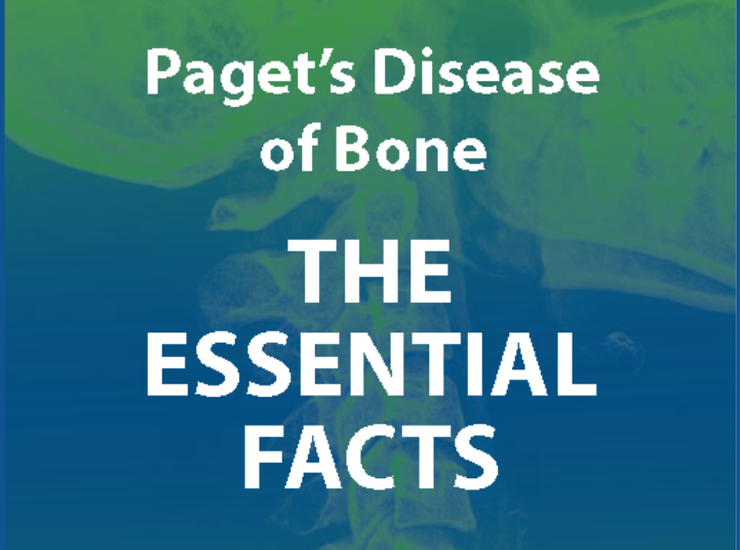
Paget's Disease - Essential Facts
A short summary of essential facts about Paget's Disease of Bone
PDF 341.3kb
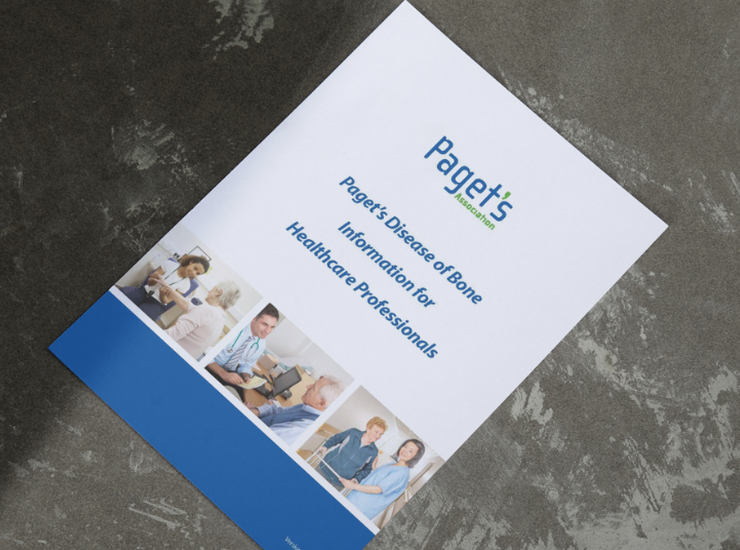
Paget's Disease - Information for Professionals
Case studies, diagnosis, management and more can be found in this booklet for all healthcare professionals caring for those affected by the condition
PDF 1.3mb
Assessment
When Paget’s Disease of Bone (PDB) is suspected, there must be a detailed assessment process, including any family history of the condition.
Clinical Features
- In those that present clinically, bone pain is the most common symptom.
- The blood flow to active areas of Paget’s disease increases due to the high rate of bone remodelling. This can sometimes lead to a feeling of warmth over the affected bone.
- The affected bone may become enlarged and misshapen.
Diagnosis
- Serum total alkaline phosphatase (ALP), is typically (not always) elevated in active PDB.
- Characteristic features on x-ray (summarised below).
- Radionuclide bone scintigraphy for diagnosis and to assess the extent of the disease.
X-ray features of PDB
- Osteolytic areas
- Cortical thickening
- Loss of distinction between cortex and medulla
- Trabecular thickening
- Osteosclerosis
- Bone expansion
- Bone deformity
Referral
Most UK hospitals have a specialist who can deal with the condition (often in a metabolic bone clinic or rheumatology). If there is no specialist locally, then referral to one of the Paget’s Association Centres of Excellence might be beneficial.
Next, find out about management using the link below
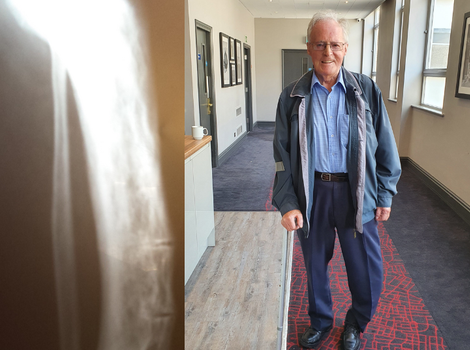
Clinical management
When Paget’s disease is suspected, there must be a detailed assessment process, including any family history of the condition.
Read moreResources
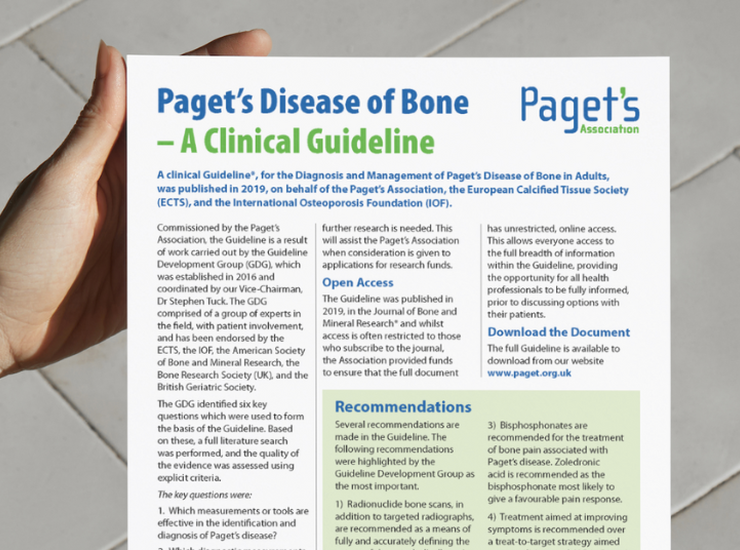
Clinical Guideline - Summary
A clinical Guideline, for the Diagnosis and Management of Paget’s Disease of Bone in Adults, which assists health professionals to consider the evidence and discuss options with t…
PDF 1.2mb
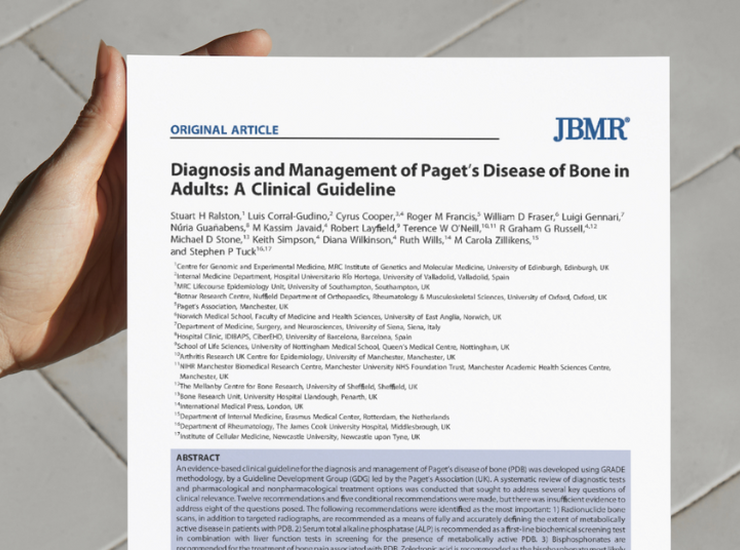
Clinical Guideline - Full
The full clinical guideline for the Diagnosis and management of Paget's Disease of Bone in Adults
PDF 2.8mb

Paget's Disease - Information for Professionals
Case studies, diagnosis, management and more can be found in this booklet for all healthcare professionals caring for those affected by the condition
PDF 1.3mb
